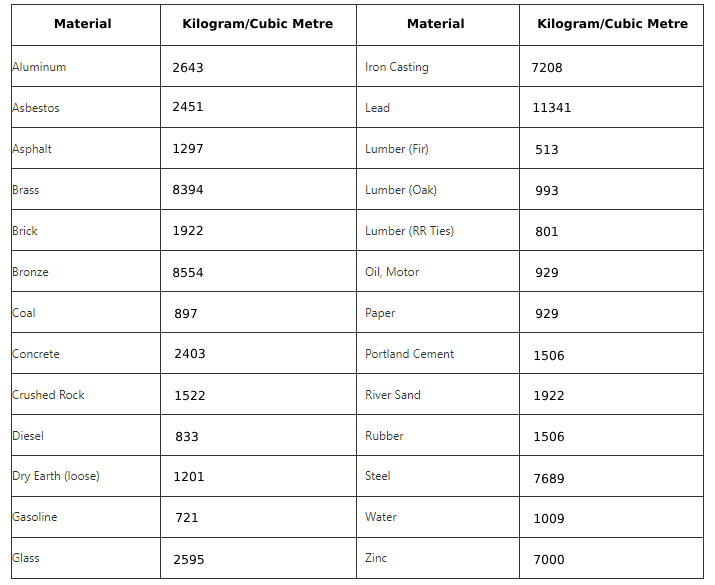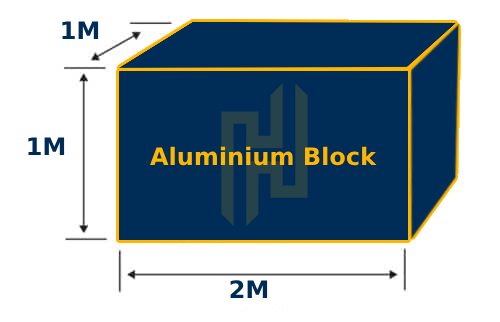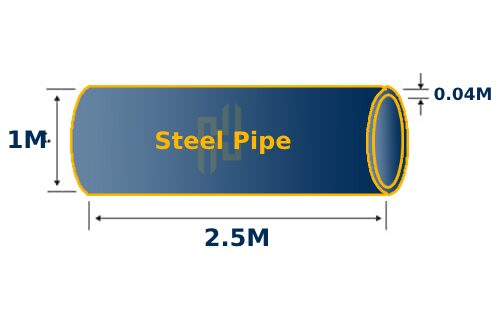How to Lift Smarter, Not Harder: Load Weight Calculation Made Easy
So, you’ve got something heavy to lift—maybe a giant steel beam or a piece of machinery that weighs more than your car. What’s next? Well, don’t guess! Calculating the load weight is essential. But don’t worry; it’s easier than it sounds!
The Basics:
Start by sizing up the load. Does it have weight markings? No? Get ready to use some math (don’t panic)! If it’s a nice rectangle or cylinder, you can calculate the volume with a simple formula. Then, check what it’s made of—steel? Concrete? Use weight-per-cubic-foot tables to figure out the total.
For example: A 6-foot aluminium block weighs about 5388KG—so probably not something you want to lift without double-checking your rigging!
Tips for Success:
Got something oddly shaped? Break it into smaller parts in your head, calculate each, and add them up! Or better yet, grab a load cell to measure the weight directly. No need to guess when precision gear can do the heavy lifting (pun intended).
Why It Matters:
Lifting equipment has its limits, and exceeding them is a big no-no! Using the right gear, like calibrated hoists and rigging hardware, ensures the lift goes smoothly. After all, you don’t want to be that person with the rigging fail story!
Safety First:
Before you lift, inspect all your gear. Everything from slings to shackles should be in top condition. You wouldn’t lift weights at the gym with a broken dumbbell, right?
Calculating the Weight of a Load:
If no load weight information has been provided, then you will need to do some calculations to determine the weight of the load you are going to lift. In this section, we’ll provide you with some basic calculations for calculating the weight of different sized loads of varying material types.
Step 1: Determine the Volume of the Load
Rectangle/Square: Volume = Length x Width x Height
Hollow Cylinder: Volume = 3.14 x Length x Wall Thickness x (Diameter – Wall Thickness)
Complex Shapes: In some instances, imagine the whole object is enclosed in a rectangle and then calculate the volume of that rectangle. Or, break the object into two or more smaller rectangles and then calculate the weight of each part and add them together.
Step 2: Determine the Material You’ll Be Lifting
The table below can be used for approximate weight values of common loads and materials:

Step 3: Determine the Weight of Object
Multiply the approximate pounds per cubic foot of the material times the calculated volume of the load to get the weight of the object or load.
EXAMPLE 1: Aluminium Block

Volume = Length x Width x Height
Volume = 2 meters x 1 meter x 1 meter
Volume = 2 cubic meters
Aluminum weighs 2,600 kilograms per cubic meter (based on the numbers from the table above). Based on this information, you would perform the following calculation:
Block weight = 2 cubic meters x 2,600 kilograms per cubic meter
Block weight = 5,200 kilograms/5283.444 tonne
EXAMPLE 2: Steel Pipe

Here’s how you would calculate the load weight of a hollow steel pipe that is 2.5 meters long, with a 1 meter outside diameter, and a wall thickness of 0.04 meters:
Volume = 3.14 x Length x Wall Thickness x (Diameter – Wall Thickness)
Volume = 3.14 x 2.5 meters x 0.04 meters x (1 meter – 0.04 meters)
Volume = 0.3 cubic meters
Steel weighs 7,700 kilograms per cubic meter (based on the numbers from the table above). Based on this information, you would perform the following calculation:
Steel tube weight = 0.3 cubic meters x 7,700 kilograms per cubic meter
Steel tube weight = 2,310 kilograms/2.31 tonne
EXAMPLE 3: Complex Shapes

Here’s how you would calculate the load weight of an irregularly shaped object made out of concrete. First, separate the object into rectangles, then calculate the weight of each section individually and combine them, as shown below:

How to Calculate the Weight of a Load Before an Overhead Lift: Complex Shape Separated
Volume1 (Top) = 3 meter x 2 meter x 1 meter
Volume1 = 12 cubic meters
Volume2 (Bottom) = 3 meters x 2 meter x 9 meter
Volume2 = 54 cubic meters
Total Volume = Volume1 (2 cubic meters) + Volume2 (5 cubic meters)
Total Volume = 66 cubic meters
Concrete weighs 2,400 kilograms per cubic meter (based on the numbers from the table above). Based on this information, you would perform the following calculation:
Complex concrete shape = 66 cubic meters x 2,400 kilograms per cubic meter
Complex concrete shape = 158,400 kilograms / 158.4 tons
Planning an Overhead Lift? Here’s the Scoop:
At Hoistech, we know that a successful lift starts with one simple thing: knowing the weight of your load. After that, it’s all about following the right lifting and rigging practices—and, of course, having a solid lift plan in place before you even think about getting that load off the ground. Don’t know where to start? Hoistech has you covered. We offer consultations to ensure you’re following best practices for rigging, lifting, and moving loads safely. Plus, we provide training for your team and stock a range of lifting and rigging gear, including:
– Overhead cranes
– Hoists and hoist parts
– Chain, wire rope, and synthetic slings
– Rigging hardware
– Load cells
So, if you need help with your lift plan or maybe a site assessment of your rigging gear? Get in touch with one of our Lifting Specialists today!


